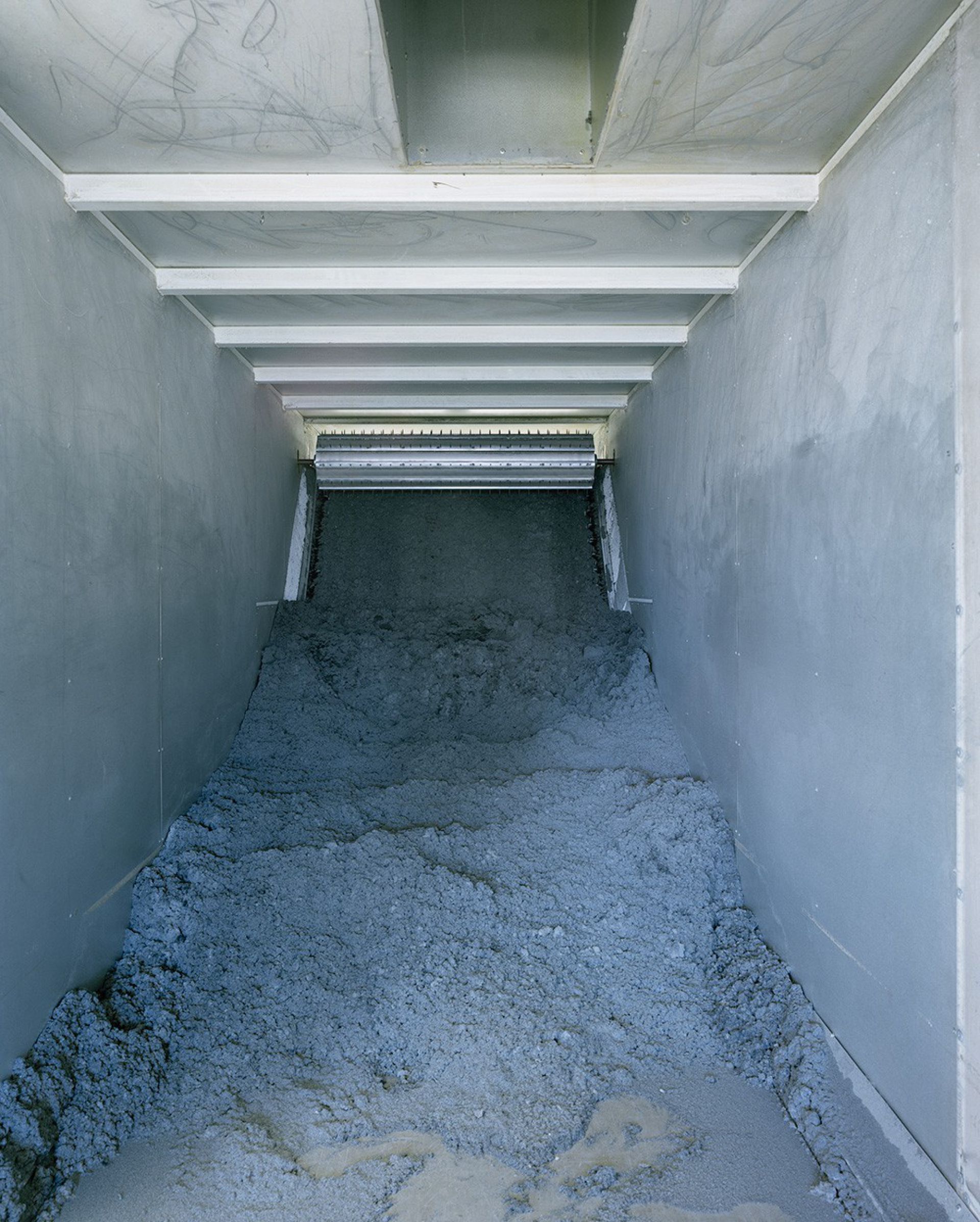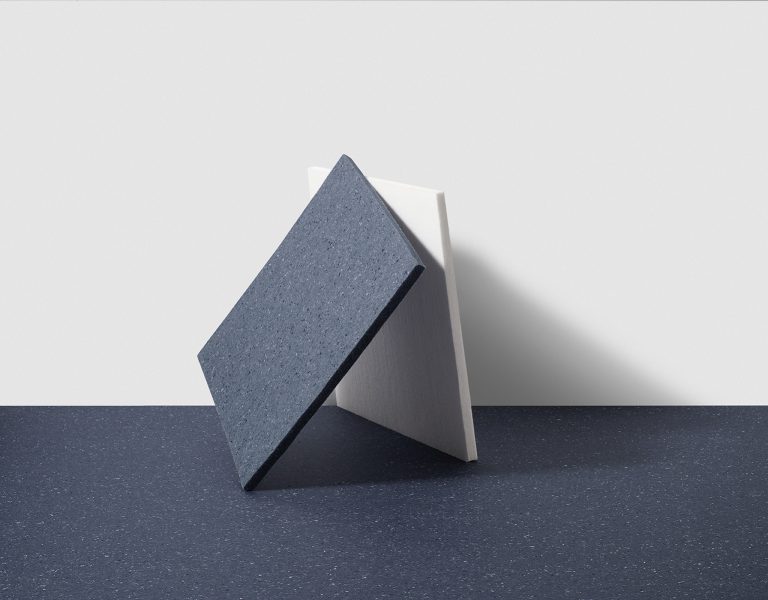
Really Upcycled Textiles
Return to JournalAs part of our recent trip to Copenhagen Dodds & Shute were fortunate enough to visit the Kvadrat showroom and learn about their fascinating new venture called Really. Responding to the urgent global issue of waste, Really upcycles end-of-life textiles to create materials that challenge the design and architecture industries to rethink their use of resources, and to design with a circular economy in mind.
Really is a solid textile board of high-density material made from end-of-life textiles and cut offs from Kvadrat. Considering current textile waste streams, the board is made up of cotton and wool as these textiles are typically downgraded in existing recycling processes.
Solid Textile Board can be an alternative to a variety of existing materials depending on the application. In designing the board material, focus has been on making a composite that, through its properties, can replace or even bring additions to existing material offerings and thereby be an honest alternative.
Really is the type of positive social and environmental thinking our society needs more of, transforming worthless rubbish into a valuable resource. What else is our industry capable of??





Really Upcycled Textiles
As part of our recent trip to Copenhagen Dodds & Shute were fortunate enough to visit the Kvadrat showroom and learn about their fascinating new venture called Really. Responding to the urgent global issue of waste, Really upcycles end-of-life textiles to create materials that challenge the design and architecture industries to rethink their use of resources, and to design with a circular economy in mind.
Really is a solid textile board of high-density material made from end-of-life textiles and cut offs from Kvadrat. Considering current textile waste streams, the board is made up of cotton and wool as these textiles are typically downgraded in existing recycling processes.
Solid Textile Board can be an alternative to a variety of existing materials depending on the application. In designing the board material, focus has been on making a composite that, through its properties, can replace or even bring additions to existing material offerings and thereby be an honest alternative.
Really is the type of positive social and environmental thinking our society needs more of, transforming worthless rubbish into a valuable resource. What else is our industry capable of??
Return to Journal